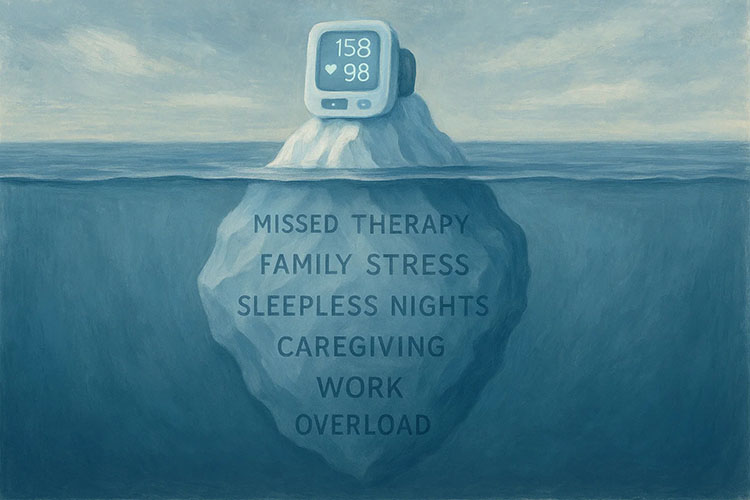
The benefits of home care, telehealth and Remote Patient Monitoring (RPM) have helped patients of all ages. However, the greatest benefits are seen among Seniors. With RPM, Seniors don’t need to leave their homes. There is no need to arrange transportation or experience inclement weather. Additionally, they are able to save the cost of commuting to a doctor’s office.
In recognition of the benefits RPM provides, the Centers for Medicare & Medicaid Services (CMS) began, in 2018, to reimburse medical practices and providers for RPM services. Initially, some healthcare providers were not excited n to develop and roll out RPM programs. This is mainly due to the confusion involving costs and reimbursements.
To address this, CMS issued its 2019 Physician Fee Schedule and Quality Payment Program. It refines and clarifies reimbursement terms for certain services, including the implementation of new CPT® codes. These were further refined in the 2020 Medicare Physician Fee Schedule Final Rule (2020 Final Rule).
Essential billing-related information
For providers to be reimbursed for RPM services, they need to meet these requirements:
- The RPM must be ordered by a physician or a non-physician practitioner. This needs to be well-documented in the patient’s medical records.
- For CPT® 99454, the device used to generate and transmit daily monitoring of a patient’s medical data (or a device that creates relevant alerts) must be capable of processing the data, in a fault-free manner. It must be in good working condition.
- For CPT® 99453 and 99454, there does not need assigned wRVU or any practitioner work needed to bill for such services.
- For CPT® 99457 and 99458, the practitioner or supervising physician need not be the same professional administering treatment to the patient in general.
- However, CPT® 99457 and 99458 need to be billed using the National Provider Identifier (NPI) of the practitioner or physician supervising the clinical staff providing the service.
Please note, that if a patient has not been examined during a face-to-face visit for more than a year, or if it is a new patient to the doctor, then RPM is not warranted or billable.
Also, practitioners need to obtain their patient’s consent to provide RPM services. This should be reflected in their patient’s medical record.
With these steps in place, RPM can prove highly convenient, effective, and cost-effective for both the patient and the provider.
Medek RPM is one of the fastest growing RPM companies in the US. Begin a conversation with a Medek Representative to learn how to help both your patients and your practice.





